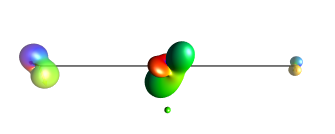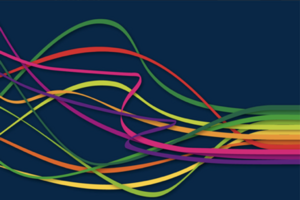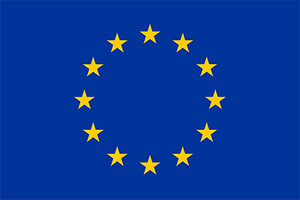
Acknowledgments¶
Funding¶
Mr. Tesch acknowledges and appreciates the support for this project from the TUM School of Education.

The project has received funding from the European Union’s Horizon 2020 research and innovation programme under the Marie Sklodowska-Curie grant agreement N° 765267 with the Innovative Training Network Quantum-Enhanced Sensing via Quantum Control (QuSCo).

Project Goals¶
The SpinDrops project aims to be an indispensable tool for learning about spin physics and its application in NMR. Some concrete goals we have to further that mission are:
Remain free: we have no intention to ever charge for the use of SpinDrops,
Broad reach: we want to make SpinDrops easy to run for anyone,
Extensive explanatory website: we want SpinDrops to be not only an app but also a full explanatory, explorable, resource for learning spin physics,
Create framework for collaboration / extension: and to further both learning and research, we aim to make the platform a tool that can be used to share and explain sequences and collaborate on ideas.
History¶
Version 1.x of SpinDrops originated as a project of Glaser Systems, as a summertime programming project and creation of Niklas J. Glaser under the tutelage of Steffen.
With the Version 2.0 reimplementation, its home has moved to the Glaser Group at TUM while receiving funding from the TUM School of Education, allowing us to provide a wider distribution, ensure its long-term viability and availability to the NMR community, tap into more opportunities for extensions, and to add support for new features and the platforms beyond iOS.
References¶

- GARON2015
Ariane Garon, Robert Zeier, Steffen J. Glaser, “Visualizing operators of coupled spins systems”, Phys. Rev. A 91, 042122 (2015), https://doi.org/10.1103/PhysRevA.91.042122, A preprint is also available at http://arxiv.org/abs/1409.5417
- GARON2014
Ariane Garon, “On a new visualization tool for quantum systems and on a time-optimal control problem for quantum gates”, Dissertation, Technische Universität München (2014), http://mediatum.ub.tum.de/doc/1192392/1192392.pdf
- GARONG2014
Ariane Garon and Steffen J. Glaser, Mathematica package for DROPS visualization (2014), http://www.ocnmr.ch.tum.de/downloads/
- LEINER1
D. Leiner, R. Zeier, S. J. Glaser, Wigner Tomography of Operators in Multi-Qubit Systems, Phys. Rev. A 96, 063413/1-14 (2017) https://journals.aps.org/pra/abstract/10.1103/PhysRevA.96.063413
- LEINER2
D. Leiner, S. J. Glaser, Wigner Process Tomography and Visualization of Spin Propagators and their Spinor Properties, (2018) arXiv:1803.11053
Some Other Interactive Visualizations¶
Insensitive, spin simulation for macOS - https://cms.uni-konstanz.de/fileadmin/archive/boldt/software/
Quirk, a quantum circuit simulator in JavaScript - http://algassert.com/quirk
A Bloch simulator written in Flash - http://www.drcmr.dk/bloch
How to Reference SpinDrops¶
You can refer to SpinDrops in publications as you would reference a book:
Version 2.0:
Authors: |
Michael Tesch, Niklas J. Glaser, and Steffen J. Glaser |
Title: |
SpinDrops |
Edition: |
Version 2.0.x |
Address: |
Garching, Germany |
Date of publication: |
2018 |
Retrieved from: |
Version 1.2.2:
Authors: |
Niklas J. Glaser, Michael Tesch, and Steffen J. Glaser |
Title: |
SpinDrops |
Edition: |
Version 1.2.2 |
Address: |
Garching, Germany |
Date of publication: |
2015 |
Retrieved from: |
Sample example citations:
M. Tesch, N. J. Glaser and S. J. Glaser, SpinDrops (Version 2.0.x) [Software application], retrieved from http://itunes.apple.com (2018).
N. J. Glaser, M. Tesch and S. J. Glaser, SpinDrops (Version 1.2.2) [Mobile application software], retrieved from http://itunes.apple.com (2015).